New Cool and Creepy Dental Anesthetic Images: Pt. 1 Carbocaine
Investigation of Dental Anesthetics
This investigation never gets old…
This was an investigation done for Dr. Lundstrom of Lundstrom Family Dental in North Dakota.
NOTE: SORRY, NO ONE HAS FOUND A ‘CLEAN’ ANESTHETIC SO FAR. WE WILL SHOUT FROM ROOFTOPS WHEN WE’VE FOUND A SOLUTION!
I had the opportunity to look at new Lots of Carbocaine, Orabloc® and Septocaine®. I will say, that I do think that Carbocaine is one of the creepiest, so I’d avoid that one if I were you (but I don’t have a recommendation of which one is ‘best’). Yes, I have looked at these Anesthetics before, but this time, I learned how to successfully make ‘Chips’/Liquid Crystals with complex internal technological features!
In this Post, I will show you my Carbocaine® images.
CARBOCAINE© aka Mepivacaine
Here are the listed ingredients and also how it is excreted from the body:
Let’s start with the COOL images:




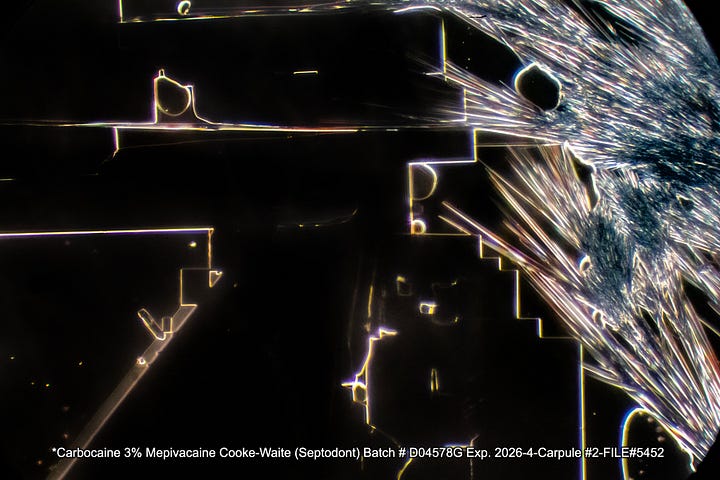
and now some Creepy images…
I’m not sure if this one is Creepy or Cool, but it kind of looks like some African animal skin rug, doesn’t it?
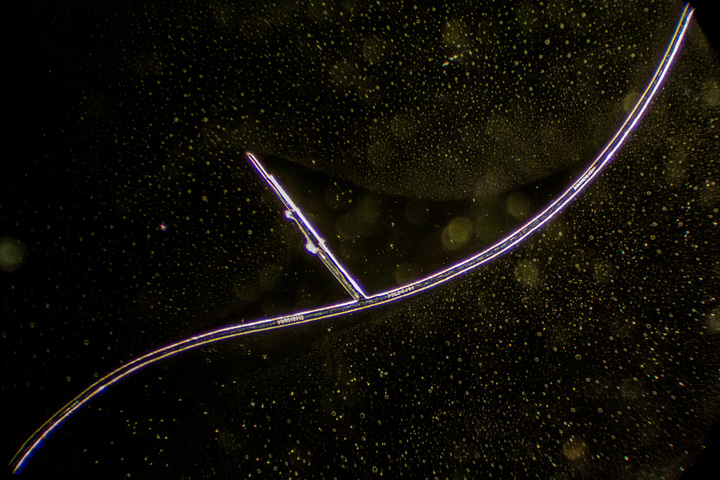

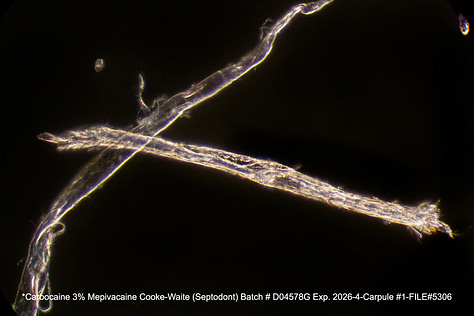
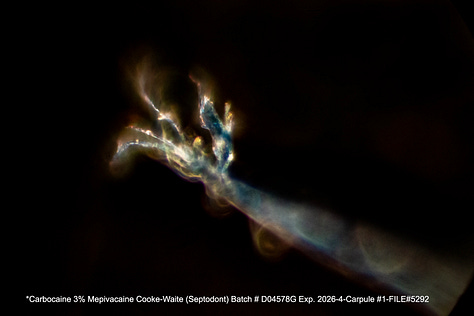




Crystalization of different forms appears after about 24 hours sitting on the slide…
AND NOW FOR MY ‘CHIPS’!
Note: The best Crystal ‘Chips’ form when there is no cover slip.
(Click on the images to enlarge)
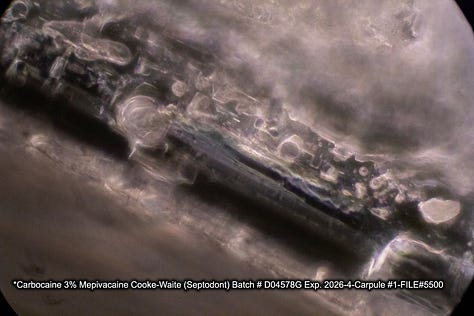

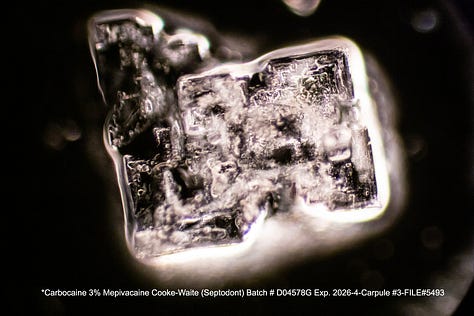
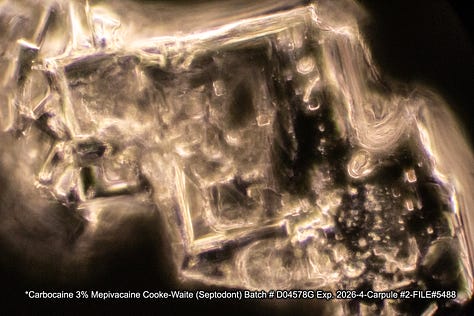


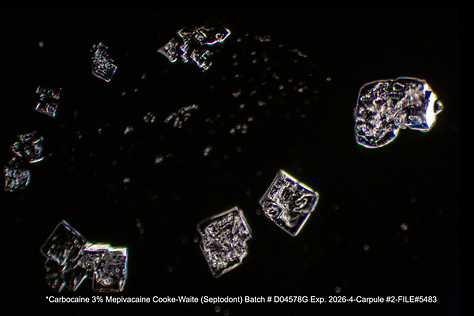
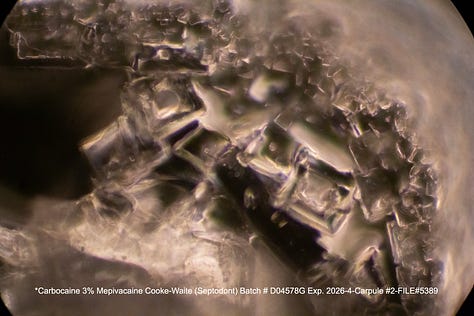





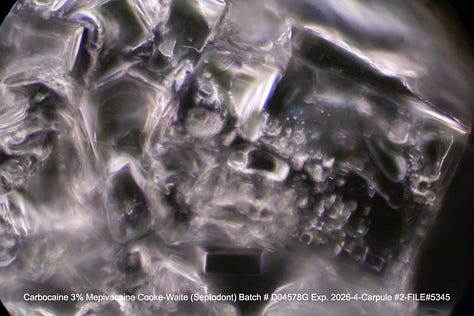

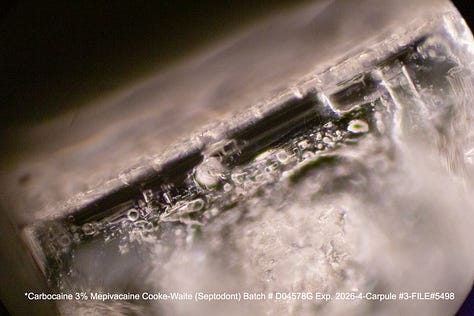
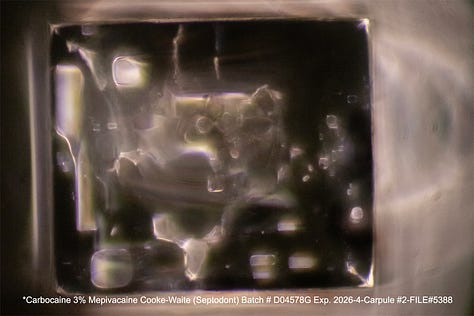

How are these Liquid Crystal Chips formed?
If you are a follower of Dr. David Nixon (He and Karl C. are really the experts on this), you will have seen his many action videos (or live on his Zoom Subscriber meetings) of what is called Sessile Droplet Evaporation process, resulting in these Crystal ‘Chips’ left behind. (‘Sessile’ merely refers to the droplet’s position of sitting on a flat horizontal surface.) When you add a drop of Anesthetic to a slide, after about 8 minutes (depending on the size of the drop), colored particles appear in the arc of a mist out of seemingly nowhere and then capillary convection drives fluid towards the center, or off center.
This video, showing the entire process, has been sped up 4x:
More than you need to know about this process in this scientific paper:
https://www.sciencedirect.com/science/article/abs/pii/S0370157319300468?via%3Dihub
Check out this double one! (Sped up to 4X)
These ‘microbubbles’ are also called Lamellar Vesicles (unilamellar for single or or multilamellar for multiple) with thick membranes and contain material to construct. This term is used also to refer to Liposomes or Lipid Nanoparticle– a term we are all familiar with by now. https://en.wikipedia.org/wiki/Liposome
Here is close up of the vesicles being fed into the Crystals in real time.
From the paper:
1.5.2. Crystallization of salt or macromolecules – For a droplet of salt or macromolecular solution, evaporation results in the oversaturation of solute, thus leading to its crystallization. It is often observed that the salt crystals as well as protein crystals grow in the form of faceted phase (Fig. 5a). However, for the droplet containing a mixture of solute and colloids, the crystal morphology can be significantly changed and various morphologies range from fractal [68], dendrites [69] to seaweed structures [70] have been observed (Fig. 5b–f). The anisotropic growth and in turn the crystal morphologies can be tuned by gelation in the droplet and exhibit rich branching behavior at the contact lines [71], although the underlying physics is not clear yet.
Evaporation driven flow…If the drop contains salts, colloids, polymers and/or surfactants, their concentrations change, leading to concentration gradients. Concentration gradients and thermal gradients in case of substrate heating, leads to surface tension gradients that cause Marangoni flow (capillary convection in surface tension). In short, all kinds of interplay are initiated between different participants in the game. In addition, there may be external agents such as electric, magnetic or acoustic fields or external heating/cooling. (emphasis mine)
…However, as drying proceeds, the dispersed particles apply tensile force on the substrate and a wrinkling instability of the membrane is observed.
Now if any of the drying conditions change, for example, temperature of solution or humidity of the environment, the crystalline patterns change drastically. It is shown by Dutta Choudhury et al. that with increased humidity, the crystal growth is more regular and symmetric in shape. Slower evaporation gives the ion more time to look for the position where energy is minimum. Since such positions correspond to sites of the perfect crystal structure, slow growth makes the deposit grow as a perfect crystal. Otherwise, the ion would attach at random positions, resulting in amorphous or imperfect crystal structure [139,141,142] (Fig. 15).
The liquid carrying Na+Cl− ions continues convection flow until crystal size becomes large enough to be confined to the surface.
SO- this is a well-known chemical physical process of liquid drying.
We know that there is Sodium in the ingredients of most injections. But WHY do some of the Sodium Crystals look more like Microchips containing complex geometric shapes and sometimes colors?
There Must be undisclosed Metamaterials in the Anesthetics based on all the other strange structures we find under the Microscope. Hydrogel seems to be the medium that hold the Nanoparticles, and then expands in size and forms many structures we find.
It seems that the nepharious Nano uses the Sodium Chloride’s natural structure as scaffolding to build itself. We do not know how they may form once injected in the body or how long they last.
more research to come…
Finally, I’m going to leave you with another cool image captured under my Microscope (Which in no way is an identification of any Wokeness, Please!)










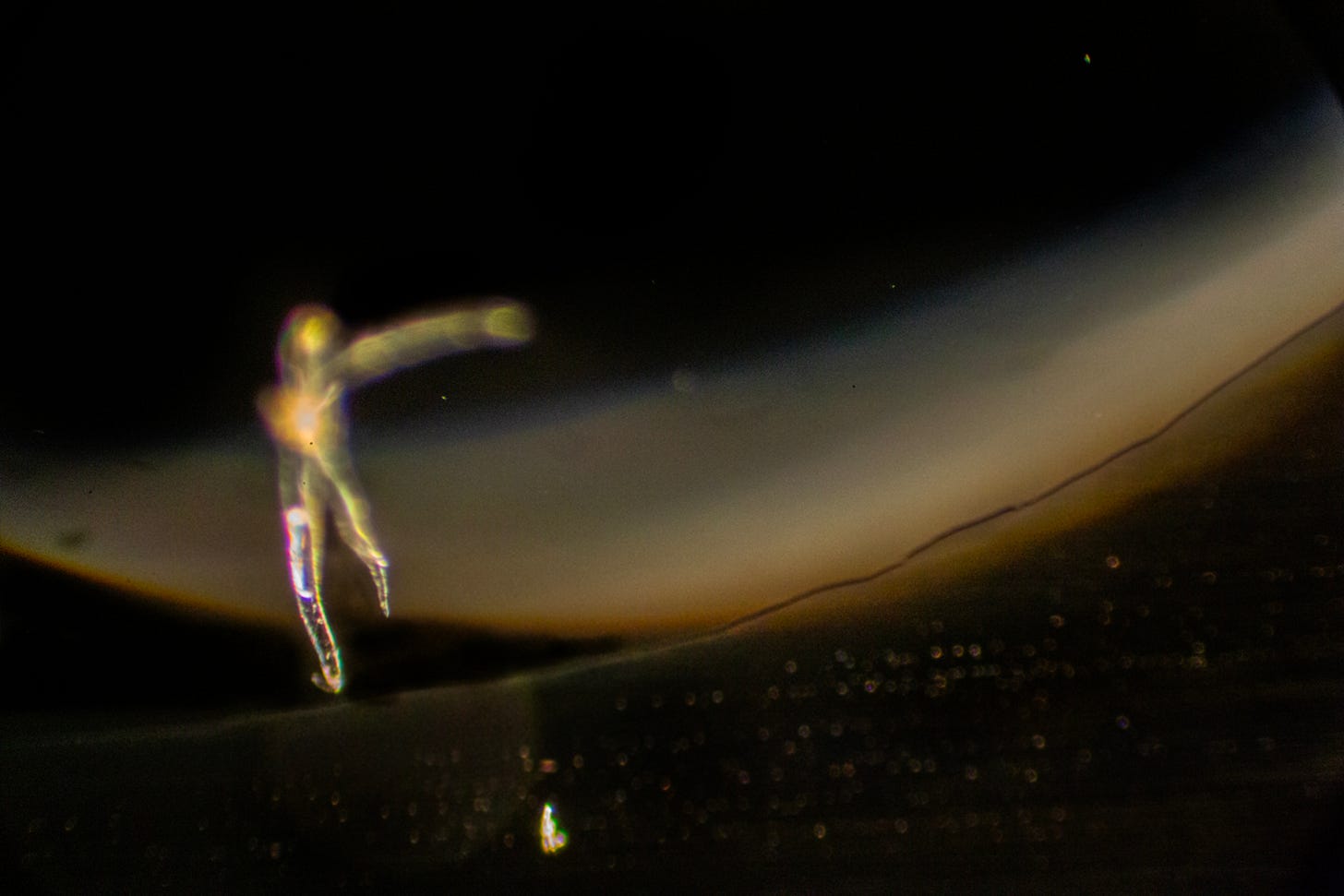


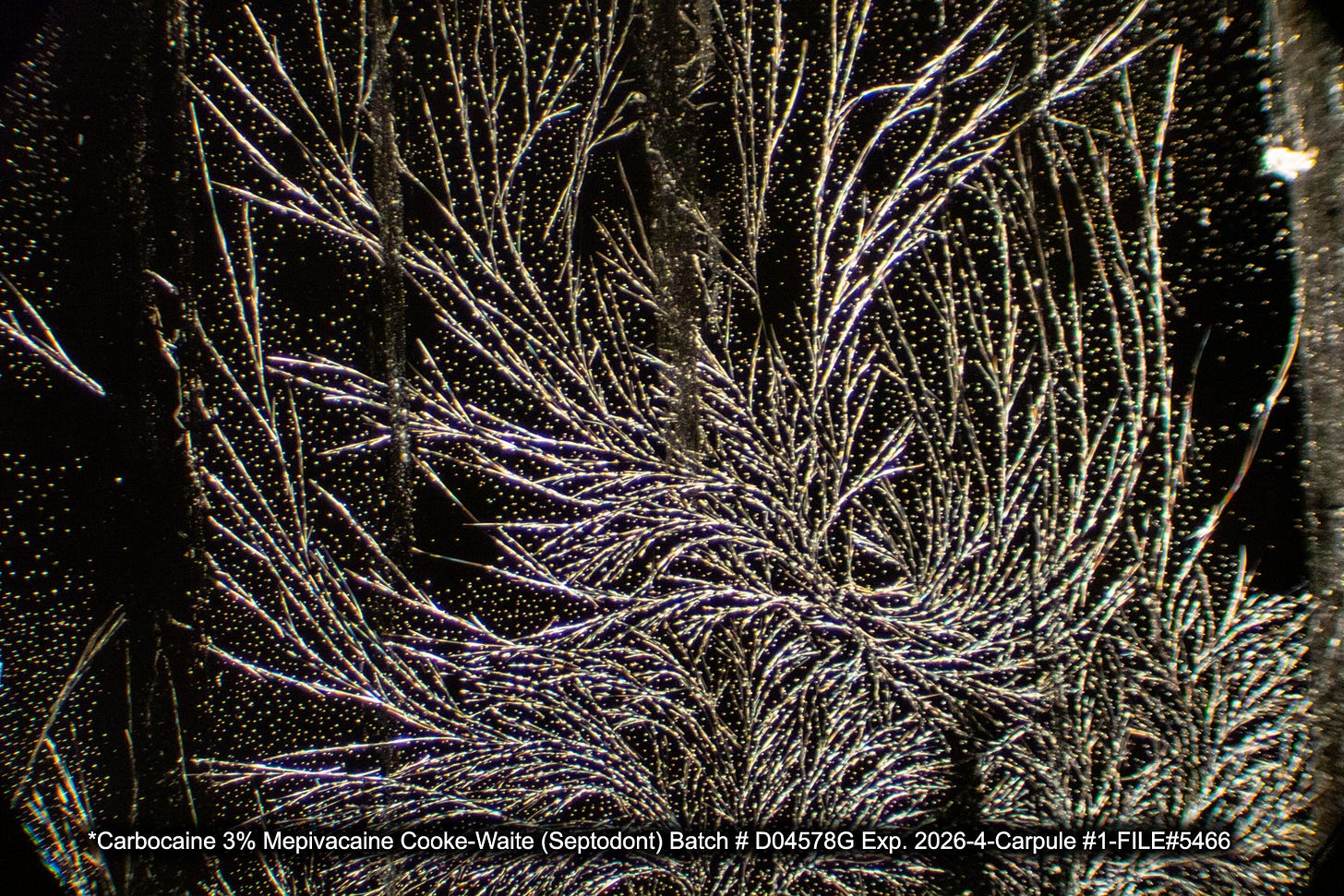
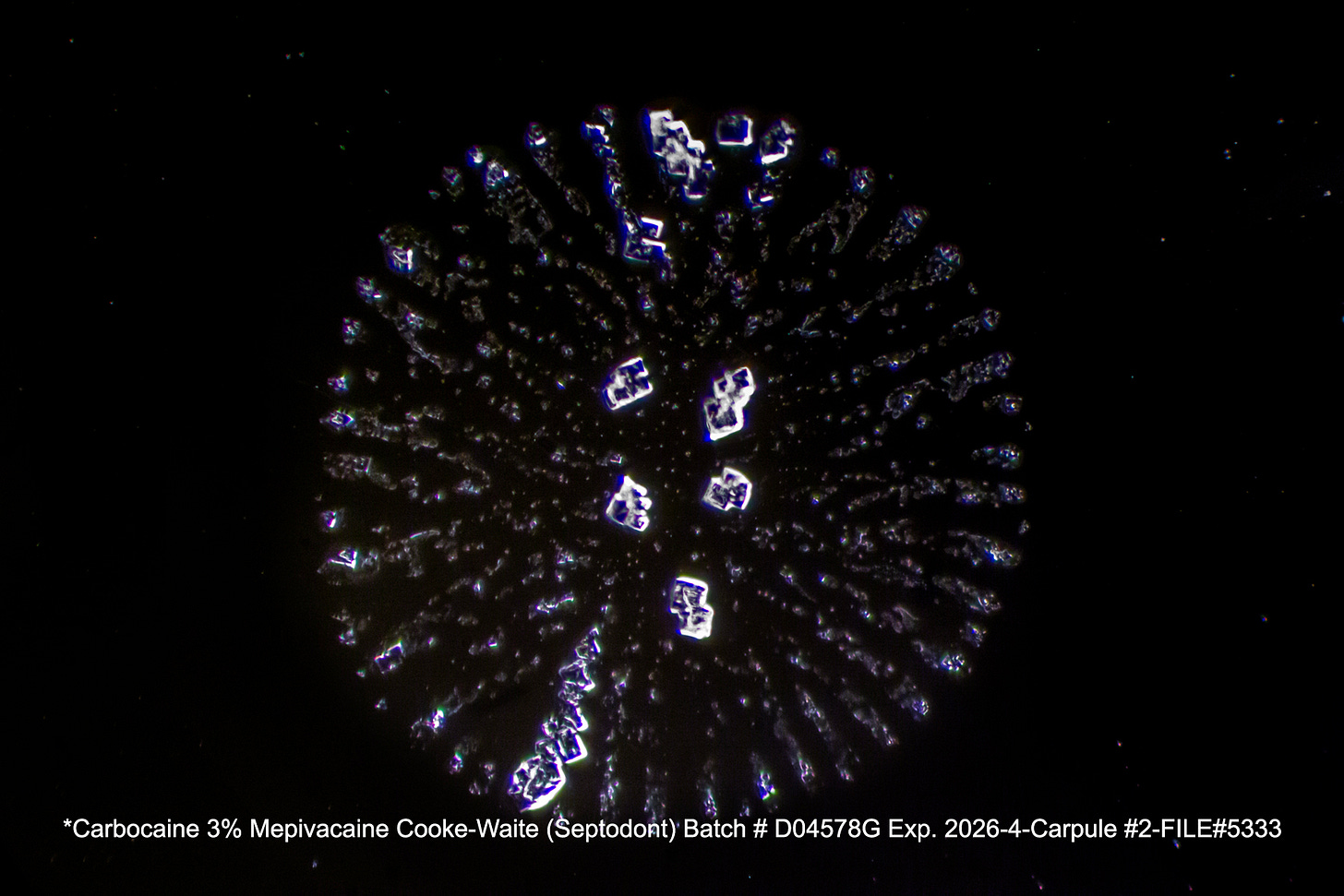
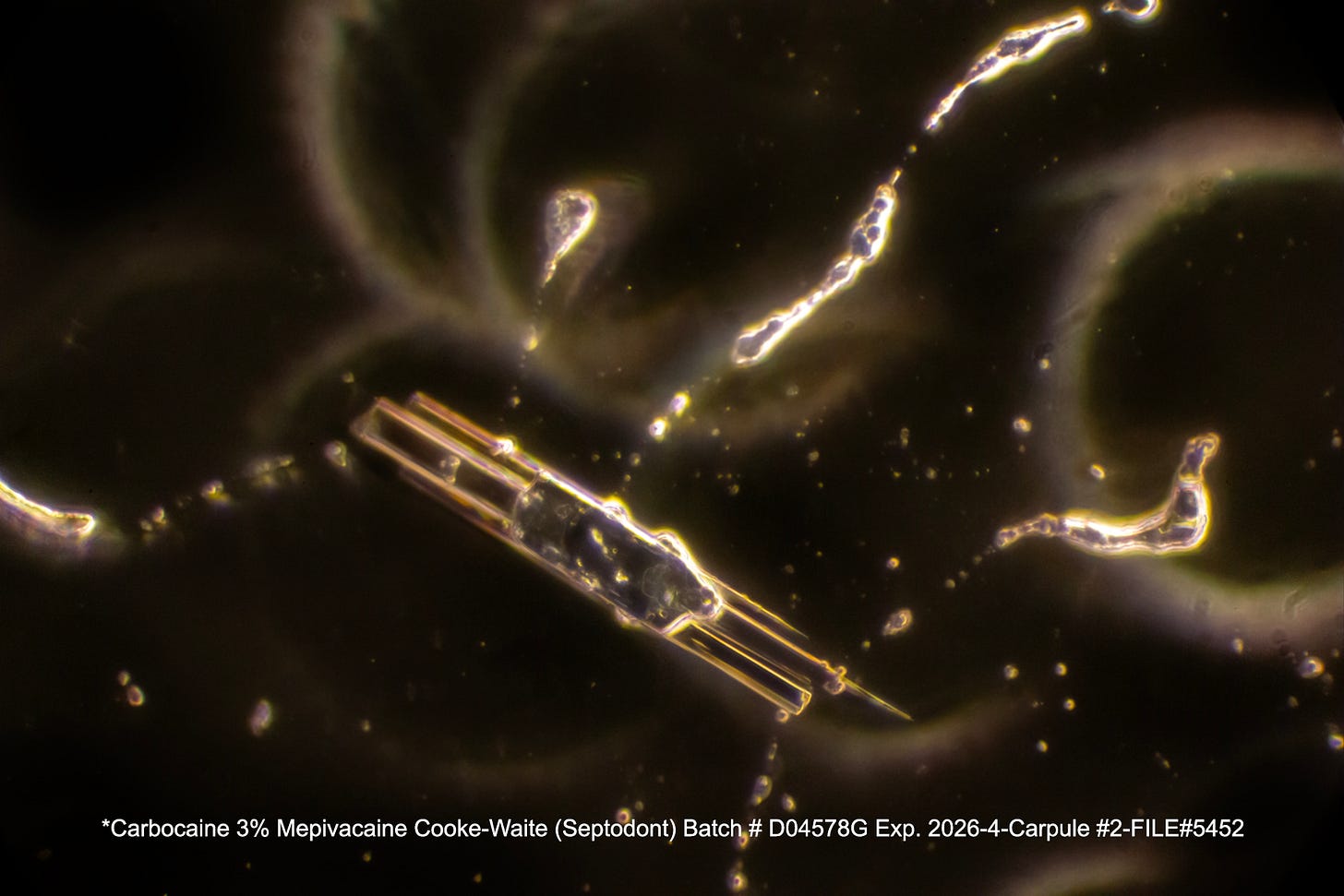



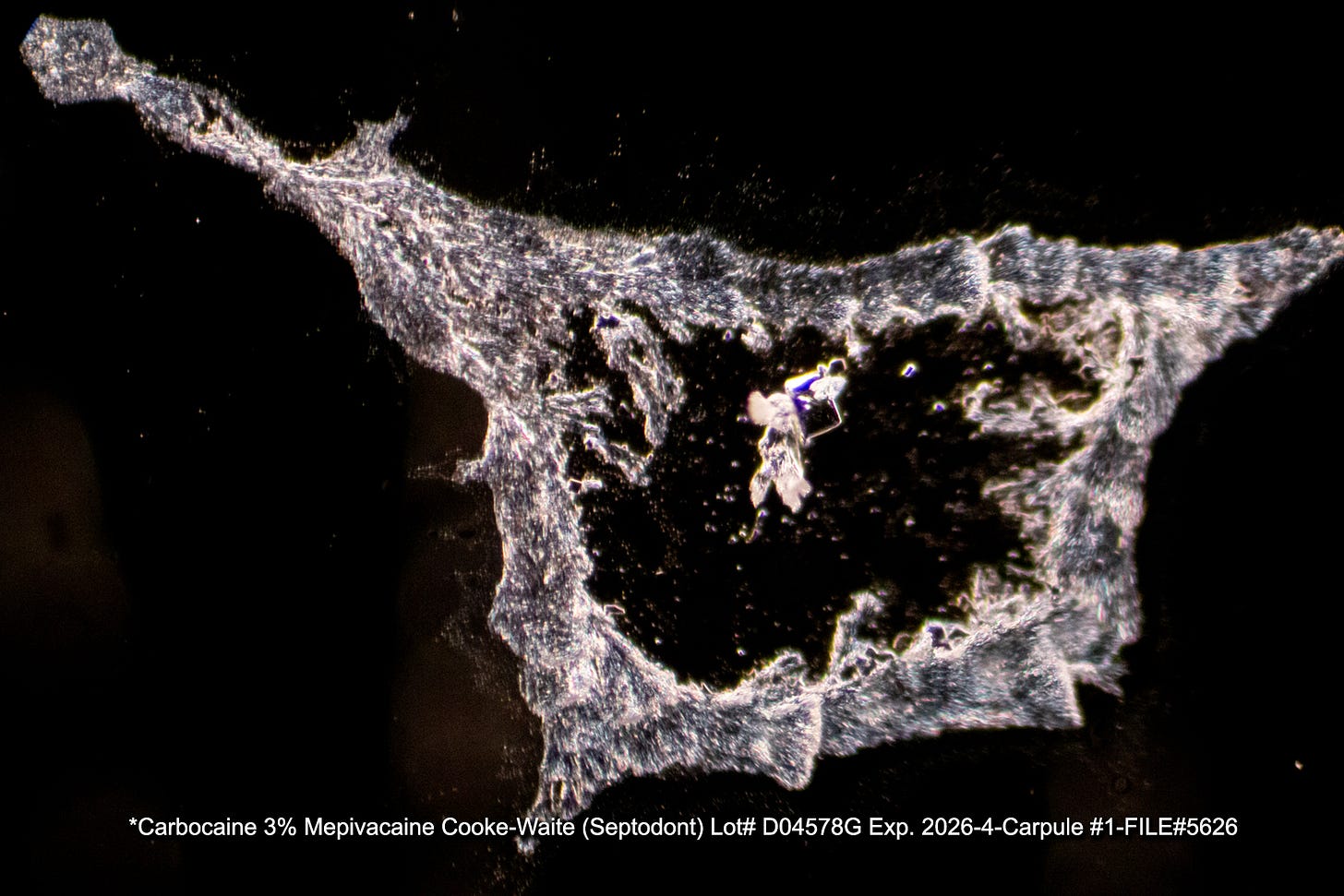
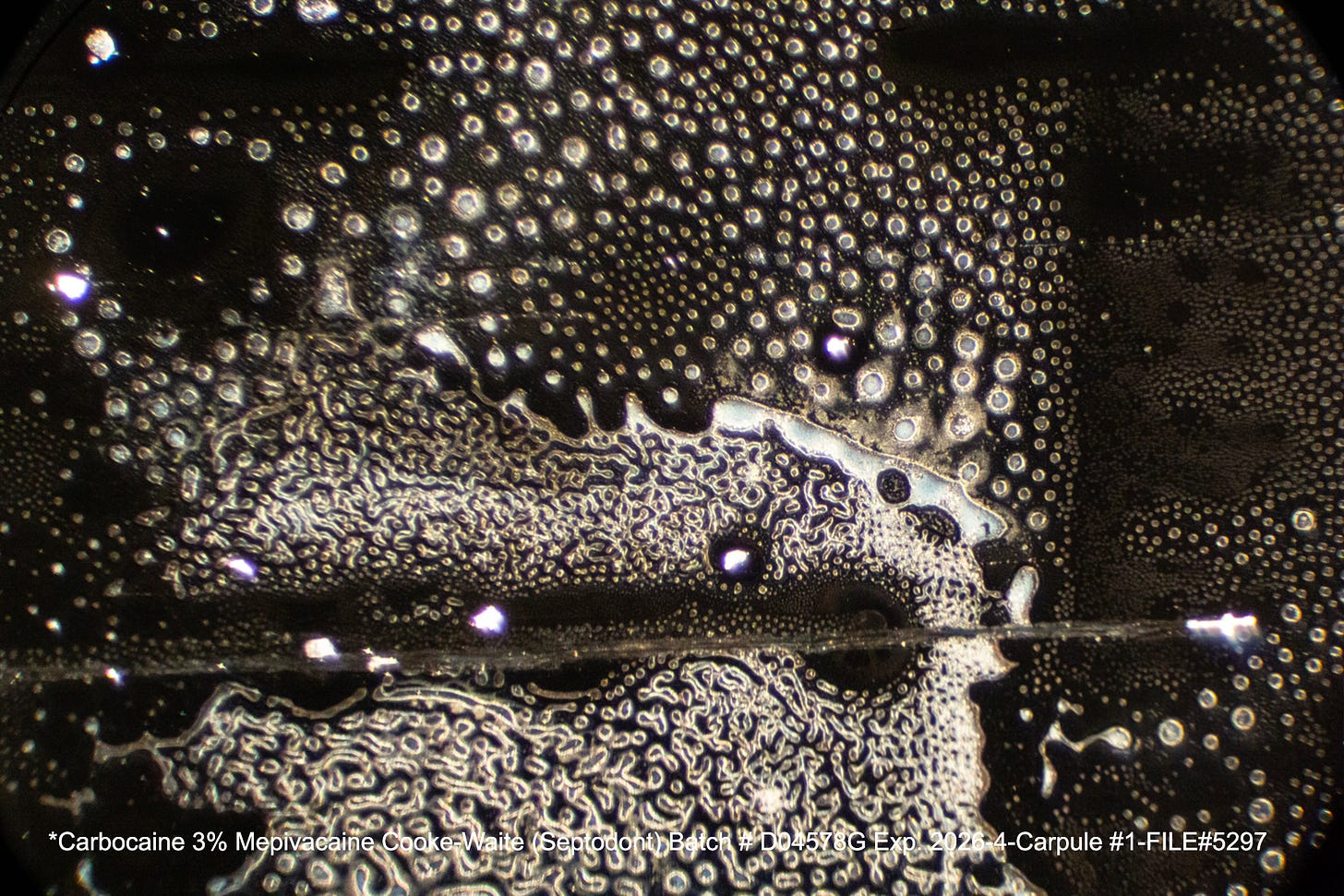
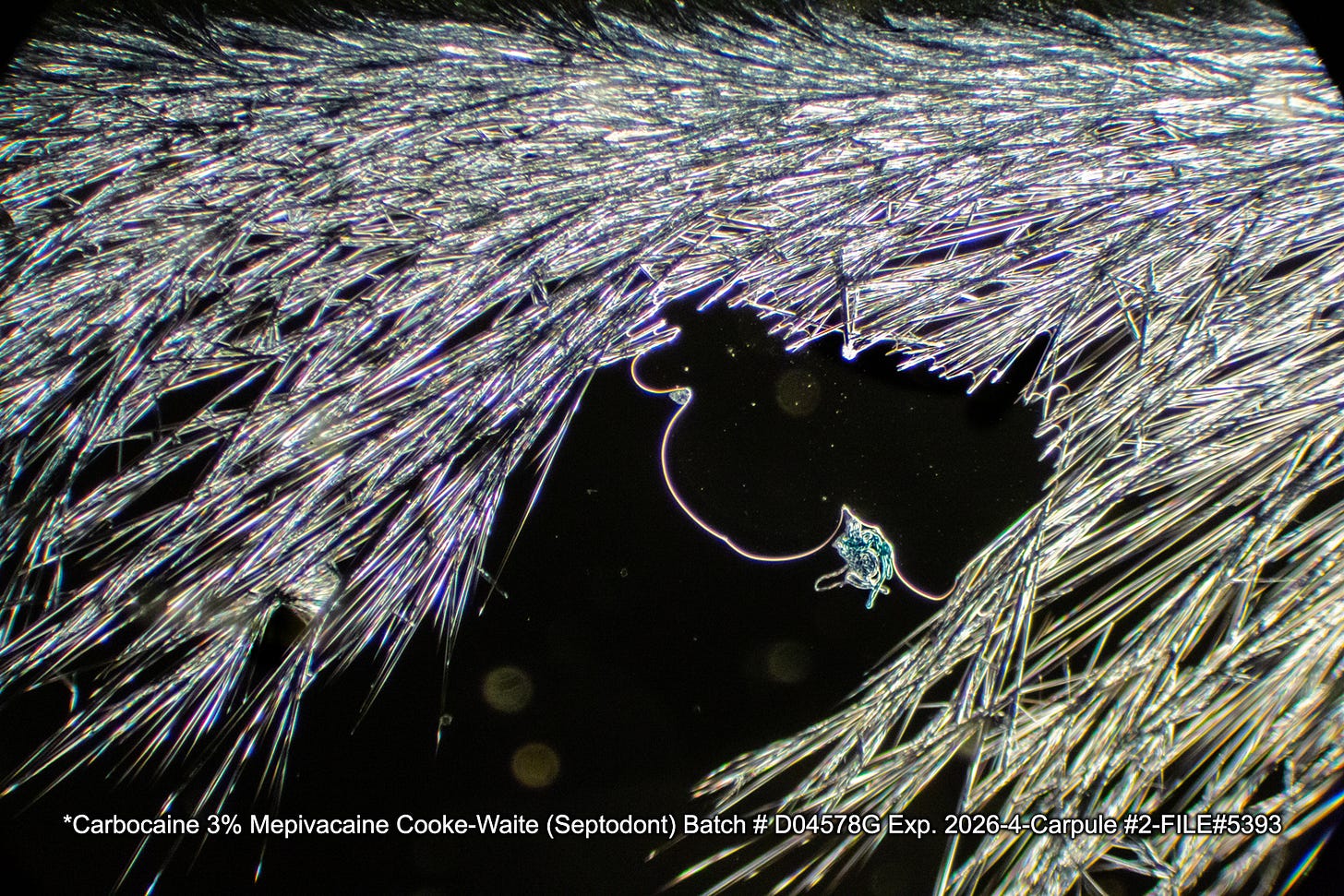
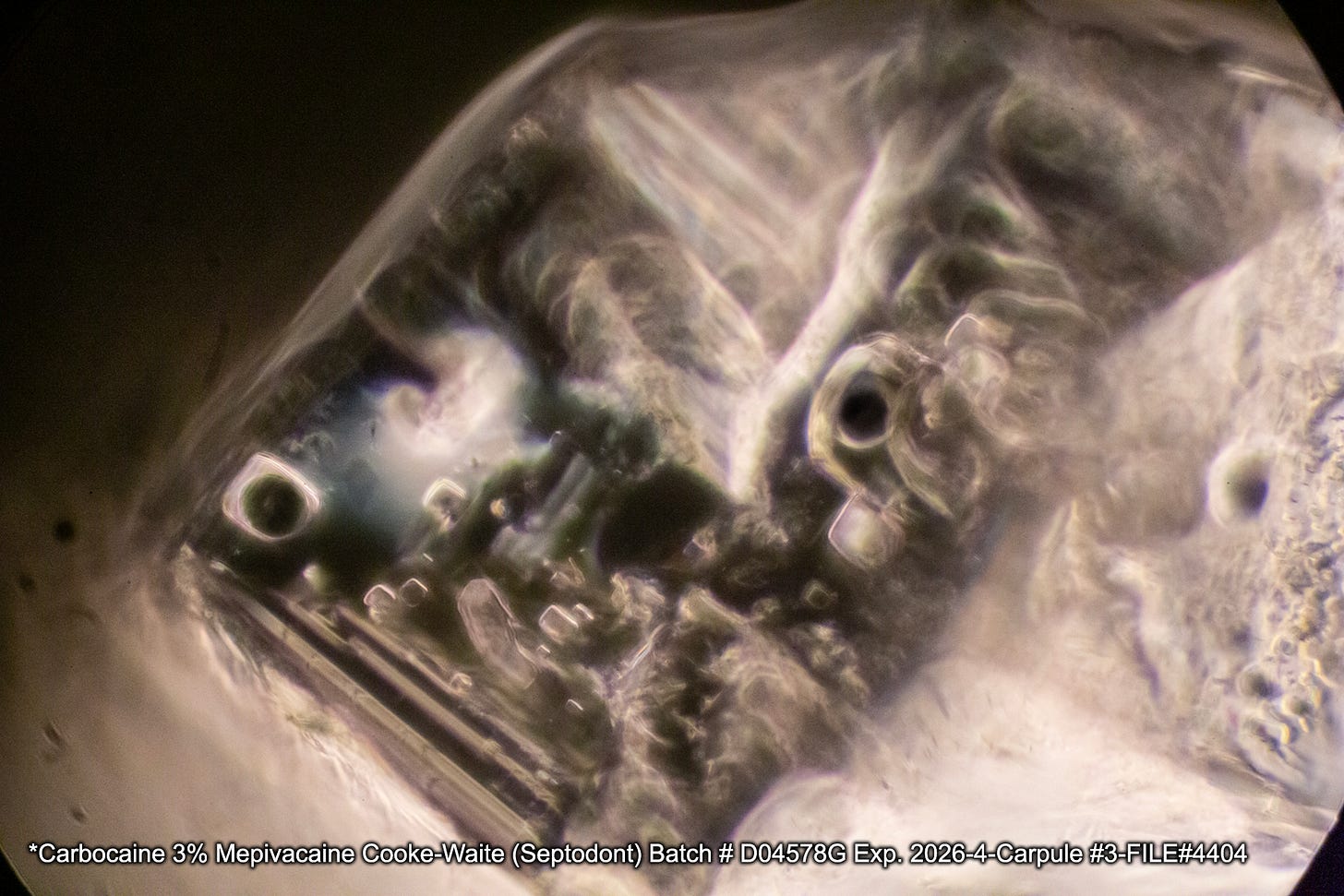
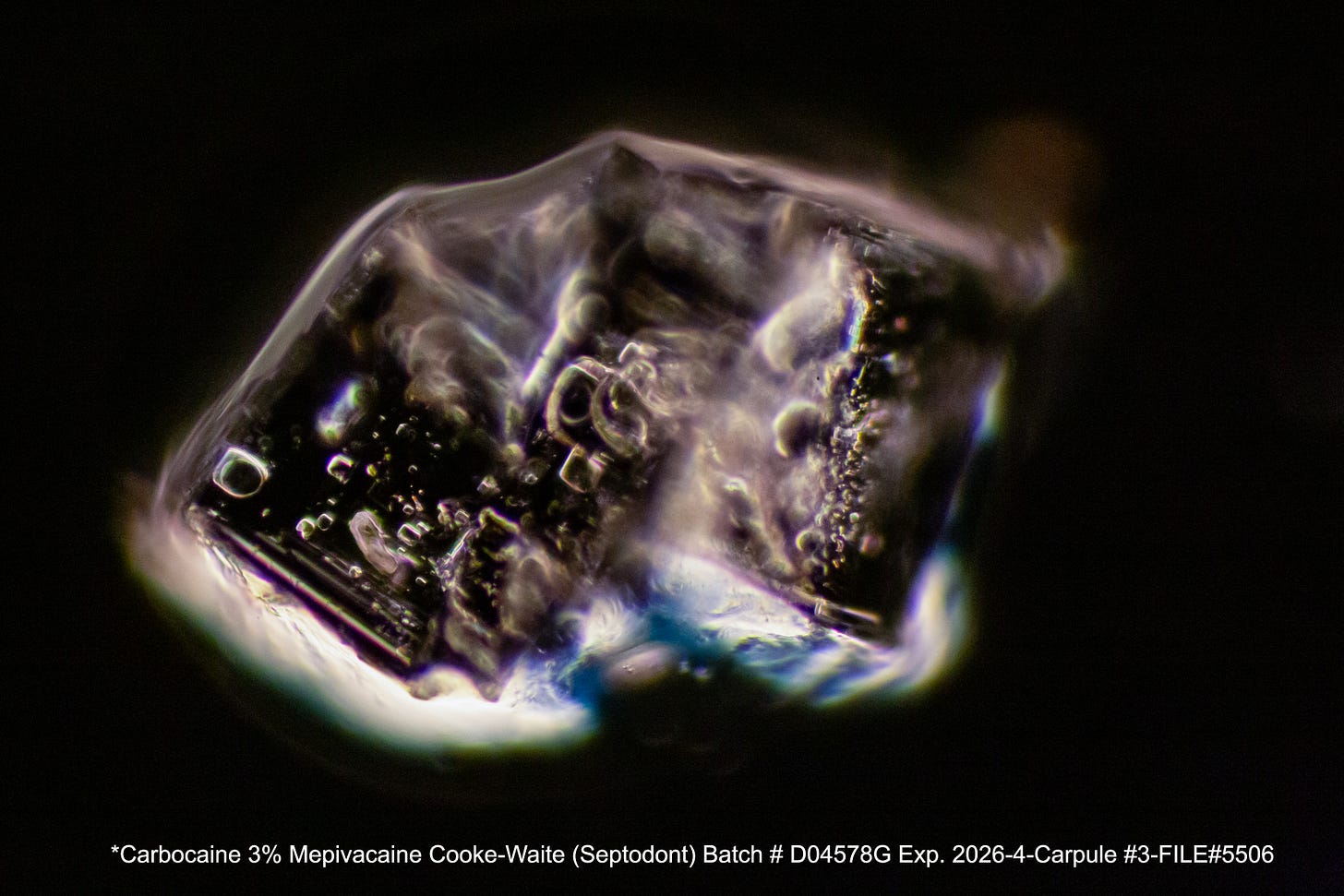
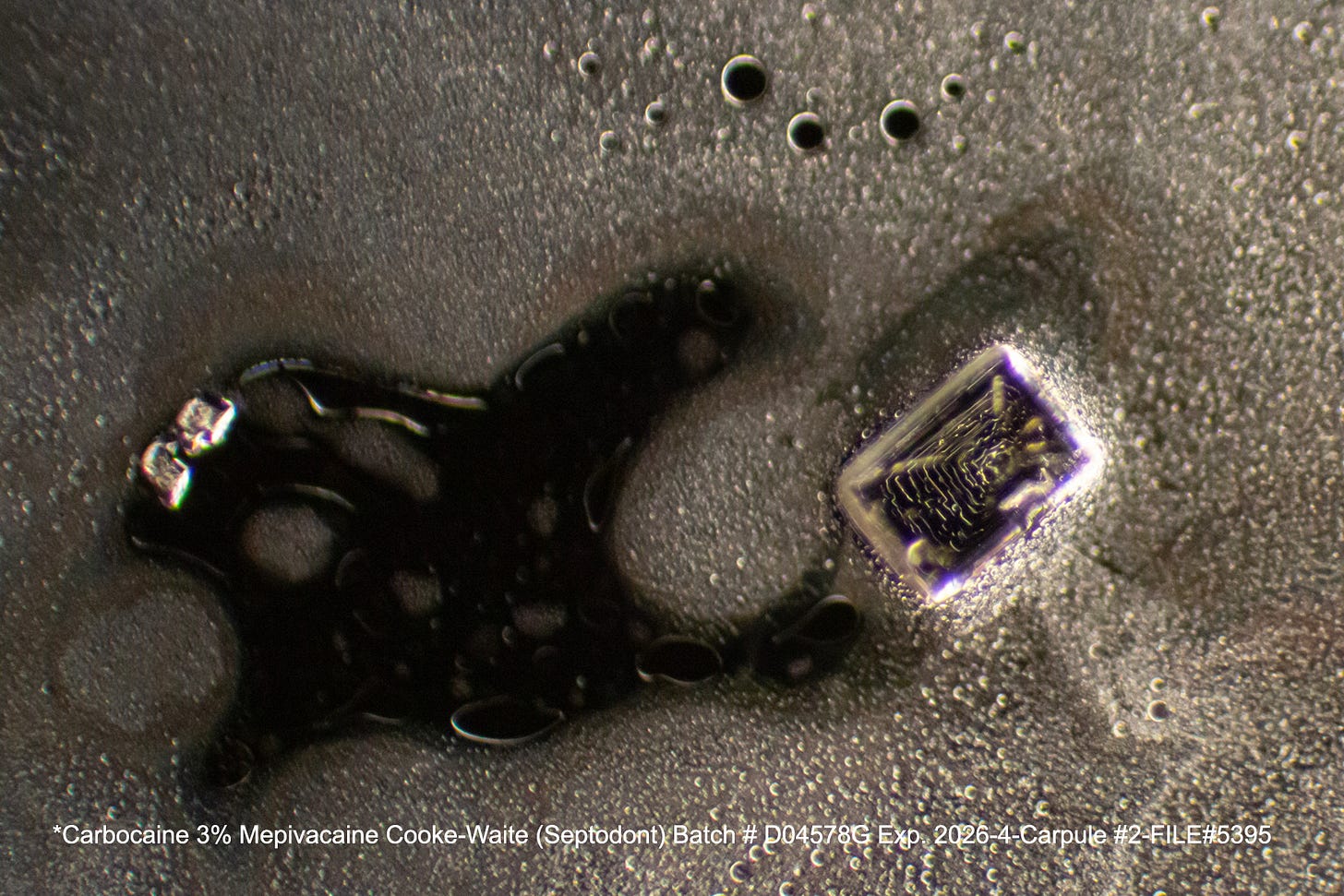



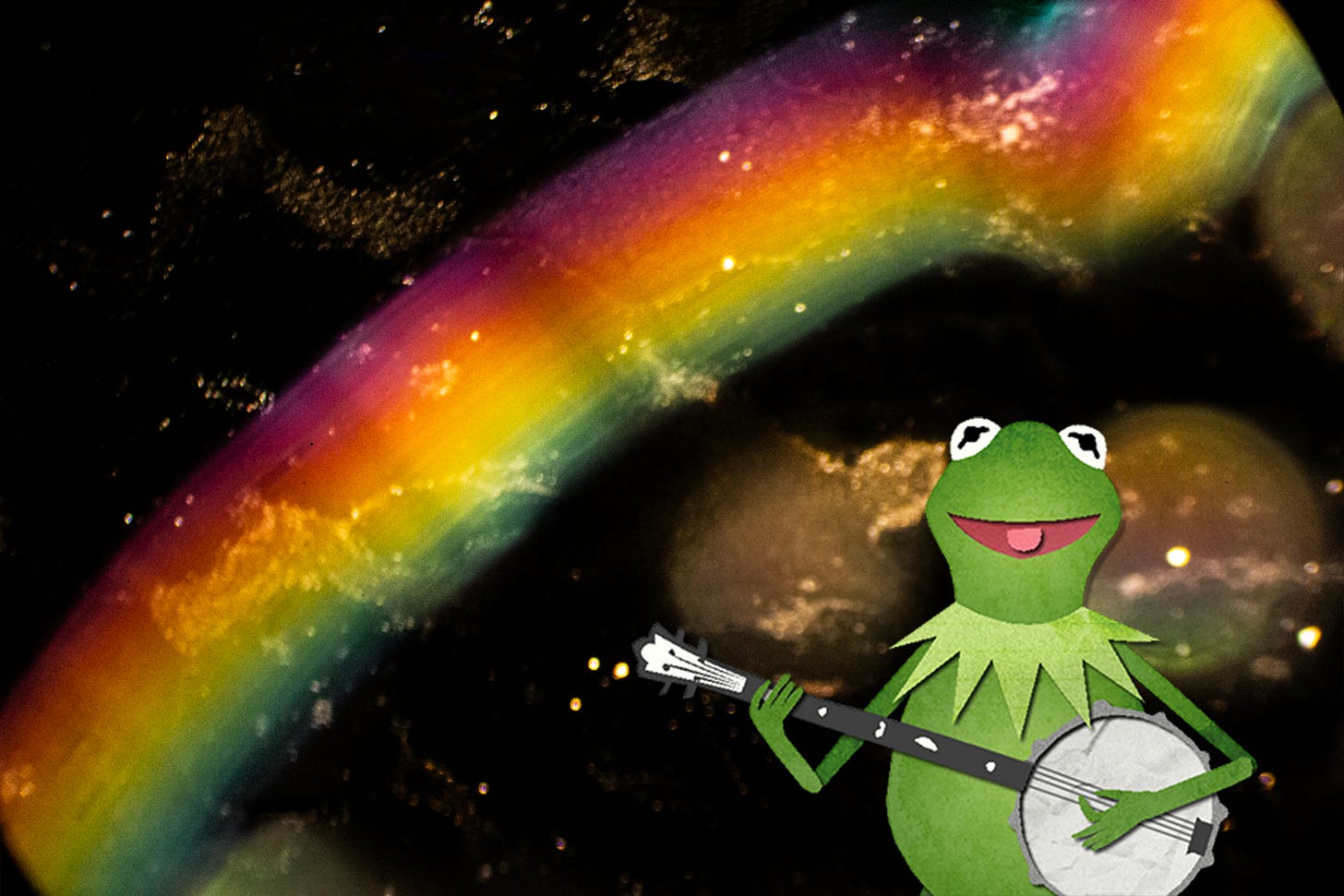



This is amazing! I was mesmerized watching each video process! It’s such a blatant reminder, in case we forgot or didn’t notice, how miraculous creation is! Thank you! 🙏🏻 wonderful works!
excellent work!